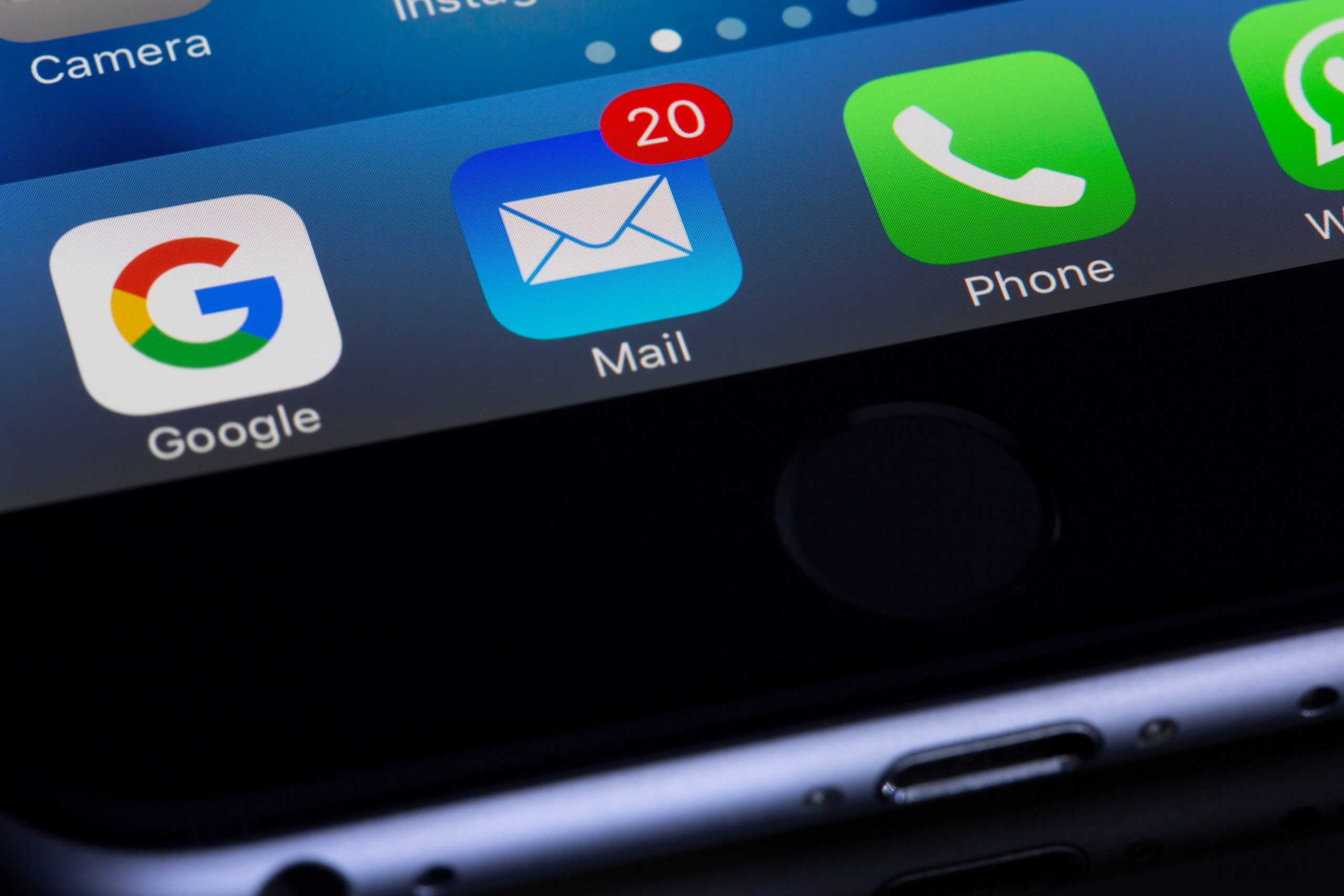How to never miss an important email
Email is almost universally required. But, it can quickly feel overwhelming. It is not uncommon to get hundreds of emails per day. And amongst those hundreds of emails, only a handful are truly important. You have to stay on top of your emails. Missing an important email does not leave a nice impression on your boss or your colleagues. Here are a couple of pointers that are sure to make your life easier.
Table of Contents
Email filters and folders
Setting up email filters that move emails to folders are fantastic. Do you get lots of notifications for Jira ticket updates? Put them all in a folder that you check from time to time. Marketing emails and various subscriptions? Put them in a folder that you check once a week. My inbox folder only contains emails that have my email under “To”, everything else goes into a folder that I check when I need to. I have a CCed folder as well, that I check about twice a day. I am also subscribed to a number of mailing list. Each of them have their own folder.
To follow up
I started using this a while ago, and I like it a lot. I have a rule that creates a copy of email I send, and adds it into a “To Follow Up” folder. It turns out that that most emails I send require some sort of follow-up action, I need to get a reply from someone, or I have some action that I need to perform. Having a folder with all the replies I am expecting really makes my life easier. Once I get what I need from a particular email chain, I just delete it from the “To Follow Up” folder.
Reminder notifications
Some emails result in actions that need to happen at a time in the future. For example: I am asked to report back on the status of a service after it is running for three days. I have found that reminder notifications work best for this type of task. The reminders can either be setup from within the email client, or you can use your favourite Task tracking app or even your phone. Whatever it is, the important bit is that you are no longer required to remember to take the action, and some automate system reminds you.
Set expectations
To start off, email is meant to be async communication. In practice, this means I am not expected to reply to any email immediately. I find that a reasonable reply time is one working day. There are contractual SLAs that need to be maintained, so this might not apply to you, however, generally speaking, I find that a working day time frame works pretty well.
Second off, not all emails are created equal, some emails require faster replies than others. It’s important to sort them so that you don’t delay urgent emails to reply to something that could have waited a couple more days. This is where I use notifications to schedule emails for later.
Conclusions
It is your duty as a professional to stay on top of your email inbox. That is a lot of work, most of the time. However, I found a couple tricks that made that task easier for me, and, hopefully will work the same for you.

